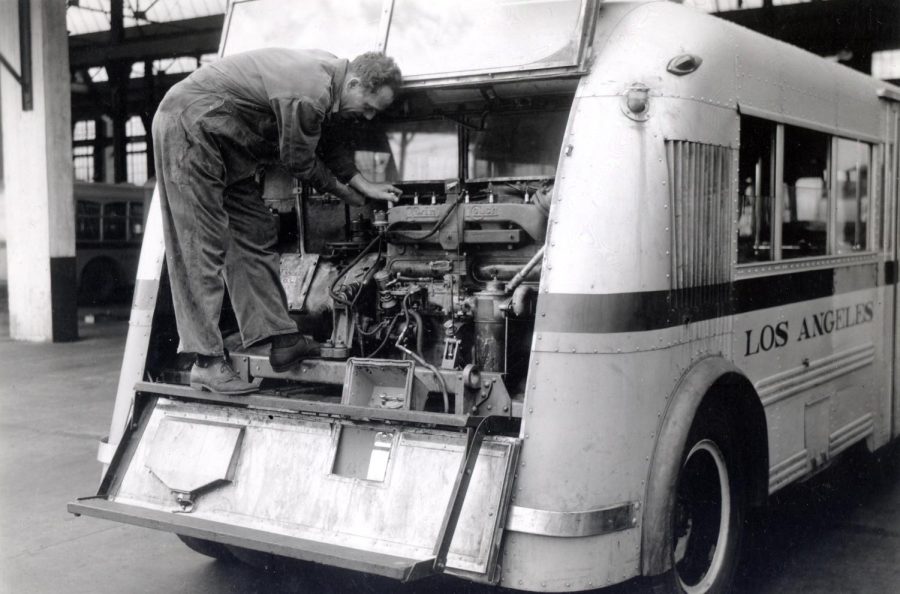Mechanical Engineering: The History of Mechanical Engineering
In the past, if you wanted to carry something really heavy it would be a carriage that had wheels, riding on a horse. Wheels are one of the oldest origins of mechanical engineering.
What is Mechanical Engineering?
Mechanical engineers have done so much for the world. Mechanical engineers changed the world so many times. Mechanical engineering is the field of engineering which mainly focuses on operation, design, and construction. In the beginning, mechanical engineering faced many problems and solve those problems. For example, mechanical engineers built inventions like robots, airplanes, trains, and much more.
History of Mechanical Engineering
In the past, if you wanted to carry something really heavy it would be a carriage that had wheels, riding on a horse. Wheels are one of the oldest origins of mechanical engineering. Horse-Carriages weren’t really fast. Horses need food and rest to go to their destination. This was one of the most mechanical engineering problems. The steam engine was a huge turning point in mechanical engineering development. Steam engines could do the work of twenty horses. In 1712, a British inventor, Thomas Newcomen, made the first steam engine. In Thomas Newcomen’s design, atmospheric pressure shoved the piston down, after the steam has created a vacuum in the cylinder. This is where this Scottish inventor named James Watt. When he was repairing Thomas Newcomen’s engines in 1763, he saw the energy from the steam going to waste. James Watt’s solution was to have a separate condenser. The steam would be liquefied in a chamber separated from the pistol chamber, so the steam doesn’t go to waste. James Watt’s invention has been used to run machines in factories. James Watt became the first engineer in Westminster Abbey. In the 19th century, steam engines came abroad and came into their own. The father-son duo, George and Robert Stephenson was famous for their steam called Locomotion. The first public train was in 1825 by 15 miles per hour and carrying 450 people. While a train can help get people to their destination quickly, transportation was limited by going through the ocean and highlands. This problem led to the invention of aircraft. In 1903, the first activated aircraft was called the Wright Flyer which was made by Orville and Wilbur Wright. Orville flew the Wright Flyer to its destination traveling 36 meters in 12 seconds while Wilbur traveled over 255 meters in 59 seconds which is about the speed of 15 kilometers per hour. After the Wright’s brothers invention, WWI began and made the aircraft a more common innovation. Engineers used better engines and structures to have better travel speed. When jet engines were made jet engine outclass older and previous designs of aircrafts. Mechanical Engineering doesn’t stop there! Robotics played a major part in the mechanical engineering field. Industrial environments can be sometimes dangerous for humans to process or work. This is where robots come in. In 1960, the first robot was called Unimate which was made by George Devol Jr. and Joseph Engelberger. Unimate robots can carry parts that weigh about 225 kilograms at a fast pace. Those are the problems some of the mechanical engineers have solve and there are much more even today!
In Conclusion of Mechanical Engineering
Mechanical engineers have to analyze their work when it comes to force and energy. Mechanical engineers need to make sure it needs to function properly. In the future, when there are challenges or problems, mechanical engineers will always find a solution to tackle that challenge.
Related Articles:
https://en.wikipedia.org/wiki/Mechanical_engineering
https://www.me.columbia.edu/what-mechanical-engineering
https://www.britannica.com/technology/mechanical-engineering
https://www.snhu.edu/about-us/newsroom/stem/what-do-mechanical-engineers-do
https://www.careerexplorer.com/careers/mechanical-engineer/
Take Action:
https://www.learnhowtobecome.org/mechanical-engineer/











